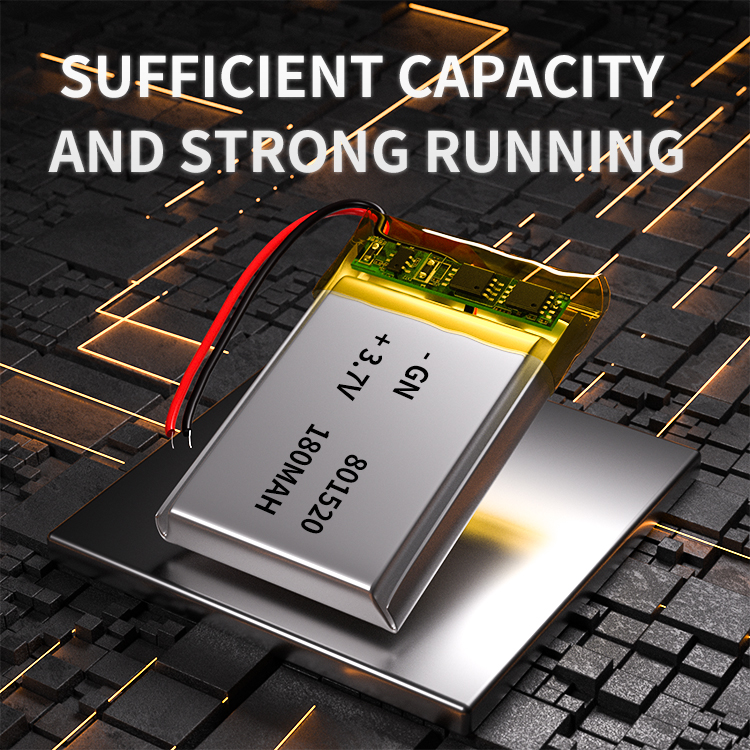

Introduction to the recycling and treatment process of dry batteries on China Battery Network. The recycling of old dry batteries mainly solves two problems. The first is the recovery of metallic mercury and most useful substances, and the second is the treatment of waste gas, waste liquid and waste residue. At present, the recycling technology of used dry batteries mainly includes wet method and dry battery recycling process. Introduction The recycling of used dry batteries mainly solves two problems. The first is the recovery of metallic mercury and most useful substances, and the second is the recovery of waste gas, waste liquid and Treatment of waste residue. At present, the recycling technologies for used dry batteries mainly include wet method and
Introduction to the recycling and processing process of dry batteries
The recycling of old dry batteries mainly solves two problems. The first is the recovery of metallic mercury and most useful substances, and the second is the treatment of waste gas, waste liquid and waste residue. At present, the recycling technology of used dry batteries mainly includes two metallurgical treatment methods: wet method and fire method.
1 Hydrometallurgical process
The metallurgical recycling process of used dry batteries is based on the principle that zinc, manganese dioxide, etc. are soluble in acid, so that the zinc, manganese dioxide and acid in the zinc-manganese dry battery react to form soluble salts and enter the solution. The solution is decomposed after purification Produce metallic zinc and electrolytic manganese dioxide or produce chemical products, fertilizers, etc. The methods used are roasting-leaching method and direct leaching method.
Roasting-leaching method
The roasting-leaching method is to mechanically cut used dry batteries, sort out carbon rods, copper caps, and plastics, and fully expose the internal powder and zinc cylinder of the battery. Then it is roasted in a vacuum roaster at 600 degrees Celsius for 6-10 hours to volatilize metallic mercury, NH4Cl, etc. into a gas phase, which is recovered through condensation equipment. The tail gas must be strictly treated to minimize the mercury content; the roasted product is powdered After grinding, magnetic separation and screening can be performed to obtain iron sheets and zinc particles with higher purity. The sieved material is leached with acid, and then metallic zinc and electrolytic manganese dioxide are recovered from the leachate through electrolysis.
direct leaching method
The direct leaching method is to crush, screen and wash the waste dry batteries, and then directly use acid to leach zinc, manganese and other metal substances in the batteries. After filtering and purifying the filtrate, metals can be extracted or chemical products can be produced.
2 Pyrometallurgical process
Pyrometallurgical treatment of spent dry batteries is a process of oxidizing, reducing, decomposing, volatilizing and condensing metals and their compounds in spent dry batteries at high temperatures. The fire method is divided into two categories: traditional atmospheric pressure metallurgy and vacuum metallurgy. All operations of the atmospheric pressure metallurgical method are performed in the atmosphere, while the vacuum method is performed in a closed negative pressure environment. Most experts believe that the fire method is the best way to dispose of spent dry batteries and is effective in treating and recovering the amount of mercury.
Atmospheric pressure metallurgy
At present, as a traditional atmospheric metallurgical method for treating waste dry batteries, there are two methods: one is to heat the waste dry batteries at a lower temperature to first volatilize the mercury, and then to recover zinc and heavy metals at a higher temperature. ; The second is to roast the waste dry batteries at high temperatures to volatilize the volatile metals and their oxides, and the residues are used as metallurgical intermediate products or processed separately.
vacuum metallurgy
Since all the operations of the atmospheric pressure metallurgical method for processing waste dry batteries are carried out in the atmosphere, air participates in the operation, which has the disadvantages of long process and heavy pollution. Therefore, people have developed a vacuum method. The vacuum method is based on the fact that the components of used dry batteries have different vapor pressures at the same temperature. They are separated from each other at different temperatures through evaporation and condensation in a vacuum, thereby achieving comprehensive recycling. During evaporation, components with high vapor pressure enter the steam, while components with low vapor pressure remain in the residual liquid or residue. During condensation, the steam condenses into a liquid or solid at a lower temperature.

Popular recommendation
LR43 battery.What are the key points of the manufacturing process of 18650 lithium-ion battery?
2023-10-12Three signs that battery energy storage systems CR2450 battery.have become the mainstream of energy
2023-10-08Dry Battery!The balanced working principle of lithium iron battery protection chip and lithium batte
2023-10-08This durable gas stove specific battery allows you to...
2022-06-15AG2 battery.What is the process of making 18650 lithium-ion battery pack?
2023-10-09R03 Carbon battery!Lixin Energy Cheng Jun: The relationship between battery energy density, market,
2023-10-08LR721 battery!It's not too late for technology research and development by our country's battery com
2023-10-08AG6 battery!Detailed circuit explanation: Circuit for online trickle charging using solar cells
2023-10-083.7v 3000mah 18650 battery.18650 battery cell
2023-10-136LR61 alkaline battery.How does temperature change affect the charging and discharging of lithium ba
2023-10-10R6 Carbon battery!INNOLITH officially enters the Chinese market. Inorganic electrolyte technology he
2023-10-0818650 li ion rechargeable battery.The popularity of new energy vehicles disrupts the electronics ind
2023-10-14